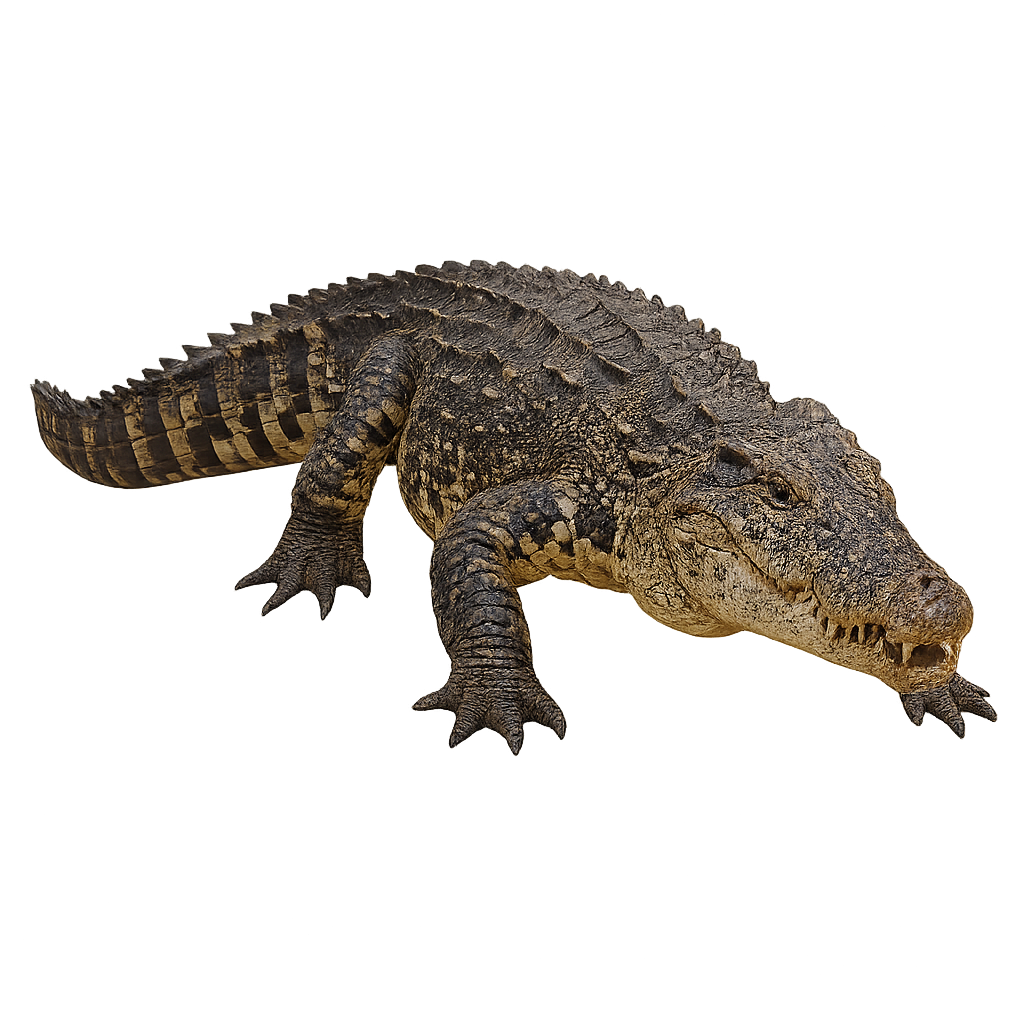Your wildlife photography guide.
Explore the cuban crocodile in detail, study its behavior, prepare your shots.
Where to observe and photograph the cuban crocodile in the wild
Learn where and when to spot the cuban crocodile in the wild, how to identify the species based on distinctive features, and what natural environments it inhabits. The WildlifePhotographer app offers tailored photography tips that reflect the cuban crocodile’s behavior, helping you capture better wildlife images. Explore the full species profile for key information including description, habitat, active periods, and approach techniques.
Cuban crocodile
Scientific name: Crocodylus rhombifer

IUCN Status: Critically Endangered
Family: CROCODYLIDAE
Group: Reptiles
Sensitivity to human approach: Very shy
Minimum approach distance: 10 m
Reproduction period: November to March
Incubation: 58–70 jours
Births: November to March
Habitat:
swamps, rivers, lakes
Activity period :
Active during the day when temperatures are favorable, often seen basking in the sun.
Identification and description:
The Cuban crocodile, Crocodylus rhombifer, is a medium-sized species endemic to Cuba, primarily found in the Zapata Swamp and the Isle of Youth. It typically measures between 2 and 3.5 meters in length and is known for its distinctive scaly skin with vibrant colors ranging from olive green to yellow, with black patterns. This opportunistic predator feeds mainly on fish, small mammals, and birds. It is recognized for its aggressive and territorial behavior, making it potentially dangerous to humans. Unfortunately, this species is critically endangered due to habitat loss and illegal hunting.
Recommended lens:
400 mm – adjust based on distance, desired framing (portrait or habitat), and approach conditions.
Photography tips:
When photographing the Cuban crocodile, it's crucial to maintain a safe distance of at least 10 meters due to its aggressive behavior. Use a telephoto lens of 400 mm or more to capture detailed images without disturbing the animal. Opt for times of the day when the light is soft, such as early morning or late afternoon, to achieve well-lit and contrasted shots. Be patient and discreet to avoid startling the crocodile, and ensure you remain in a safe area.
The WildlifePhotographer App is coming soon!
Be the first to explore the best nature spots, track rutting seasons, log your observations, and observe more wildlife.
Already 1 430 wildlife lovers subscribed worldwide

